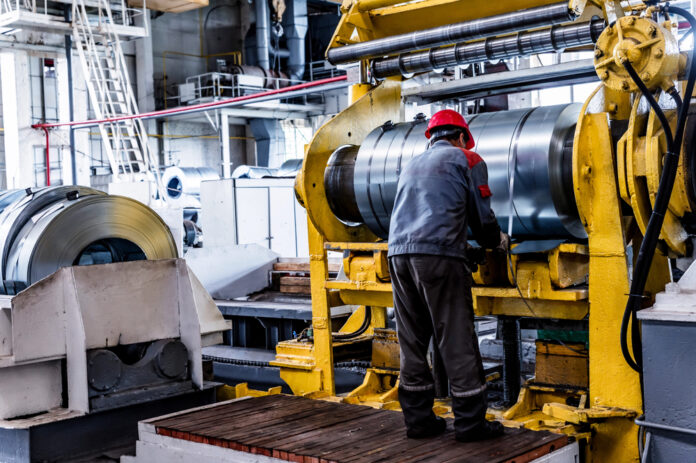Transportation is essential to manufacturing. The driver shortage, government regulations, and rising operating costs are some of the biggest challenges facing the transportation industry will face in 2023. The number of drivers continue to decrease overall, the truck drivers left are dealing with much higher expenses versus any other time in the industry’s history. On top of all of that, we’re dealing with higher product and shipping costs.
More than likely, rate increases are going to be a problem for manufacturers who are already taking extensive steps to reduce shipping costs. Many manufacturers are nearshoring and reshoring operations to avoid the costs of international shipping. Some manufacturers are redesigning product packaging to make their freight more attractive and cheaper to transport.
Diversified Specialties, a company that offers a variety of pulleys and sheaves, including V Belt pulleys and sheaves, agrees. “Manufacturing and transportation need each other, our pulleys, sheaves, sprockets, all of our products rely on reliable transportation,” the company explained.
As we head into the new year, the focus must be transportation management. This is why manufacturing companies should pay close attention.
Why is transportation management important to manufacturing companies?
There’s a few key reasons why transportation management is important to manufacturing companies.
(1) Operating Costs
Manufacturing activity here in the United States has been sluggish at best in 2022. According to reports, U.S. manufacturing activity is the slowest in nearly 2.5 years (source). The Institute for Supply Management (ISM) said on Tuesday that its manufacturing PMI fell to 50.2 last month from 50.9 in September, both the lowest readings since May 2020.
But while overall manufacturing activity fell, the ISM survey’s forward-looking new orders sub-index rose to 49.2 last month from 47.1 in September, indicating some resiliency among U.S. consumers even as the Fed’s actions begin to bite into pocketbooks.
Many experts are expecting it to decline for the next several years. This decreasing activity can lead to less revenue for manufacturers. This is a big factor behind the recent nearshoring/reshoring initiative many in the industry already know about. This rise in transportation costs has made freight movement a cost-saving priority among executives, as it is typically one of a manufacturer’s most inefficient processes, especially inbound freight movement.
(2) Process Control
Although manufacturers cannot influence raw material prices and other economic trends that drive up operating expenses, they can make a significant difference by taking control of the transportation process. Typically, inbound freight movement is inefficient with limited visibility to its associated costs – vendors even add markups between 15-50% on their shipping charges! By gaining ownership of this procedure however, manufacturers will gain immediate cost reductions.
(3) Data Mining
The transportation industry has been completely changed by the introduction of new transport processes, routes and carriers. To get an understanding of their performance in order to identify any weaknesses, manufacturers are turning to Transportation Management Systems (TMS) for real-time efficiency data which is essential in assessing inventory movements, logistics processes and overall supply chain management. With TMS comes improved visibility from beginning to end that allows businesses to reduce operational costs while operating leaner operations.
(4) Making Service Improvements
As customers become increasingly more demanding, the demand for higher quality of service extends up the supply chain. Moreover, B2B e-commerce has gained tremendous traction in recent years – a logistics obstacle that many businesses are unable to overcome successfully. If manufacturers don’t provide satisfactory levels of customer service, they will experience decreased patronage as readily as traditional B2C companies would. Improving freight movement is an essential step towards alleviating this issue which all too often goes overlooked by producers and suppliers alike.







